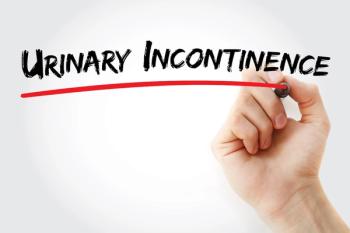
Biosimilars Can Significantly Reduce Global Healthcare Costs by 2020
If the announcement by the Swiss pharmaceutical giant Novartis holds true, biosimilars that the company plans to launch over the next 4 years could create a significant dent in the sales of 5 blockbuster molecules in the oncology and immunology space.
If the announcement by the Swiss pharmaceutical giant Novartis holds true, biosimilars that the company plans to launch over the next 4 years could create a significant dent in the sales of 5 blockbuster molecules in the oncology and immunology space.
In an interview with Reuters, Richard Francis, who heads Sandoz, the generic unit of Novartis, said that biosimilars of Humira (adalimumab), Enbrel (etanercept), Neulesta (pegfilgrastim), Remicade (infliximab), and Rituxan (rituximab) could be expected to enter the market over the next 4 years. “We think we can become a real partner for payers and health care systems in making sure they can manage their budgets,” Francis said. These 5 drugs raked in $44 billion in sales in 2015 alone. A
A decade after having launched the world’s first biosimilar product, Omnitrope—a growth hormone replacement therapy—Sandoz has
Novartis of course faces
While the healthcare systems in Europe have integrated biosimilars into mainstream medicine, convincing providers in the United States to adopt to these products has proved to be an uphill battle. The biopharma development head of Sandoz, Marc McCamish, told Reuters that when doctors in the United States hear regulatory terms like “highly similar,” many of them interpret it as the drug being different. “Those are terms we constantly have to fight,” McCamish said. This could explain why Zarxio, the company’s biosimilar to Amgen’s Neupogen, approved in Europe a decade ago,
But efforts are underway to familiarize prescribers to this class of products. At this year’s annual meeting of the National Comprehensive Cancer Network (NCCN) in Hollywood, Florida, a
Newsletter
Stay ahead of policy, cost, and value—subscribe to AJMC for expert insights at the intersection of clinical care and health economics.





























































